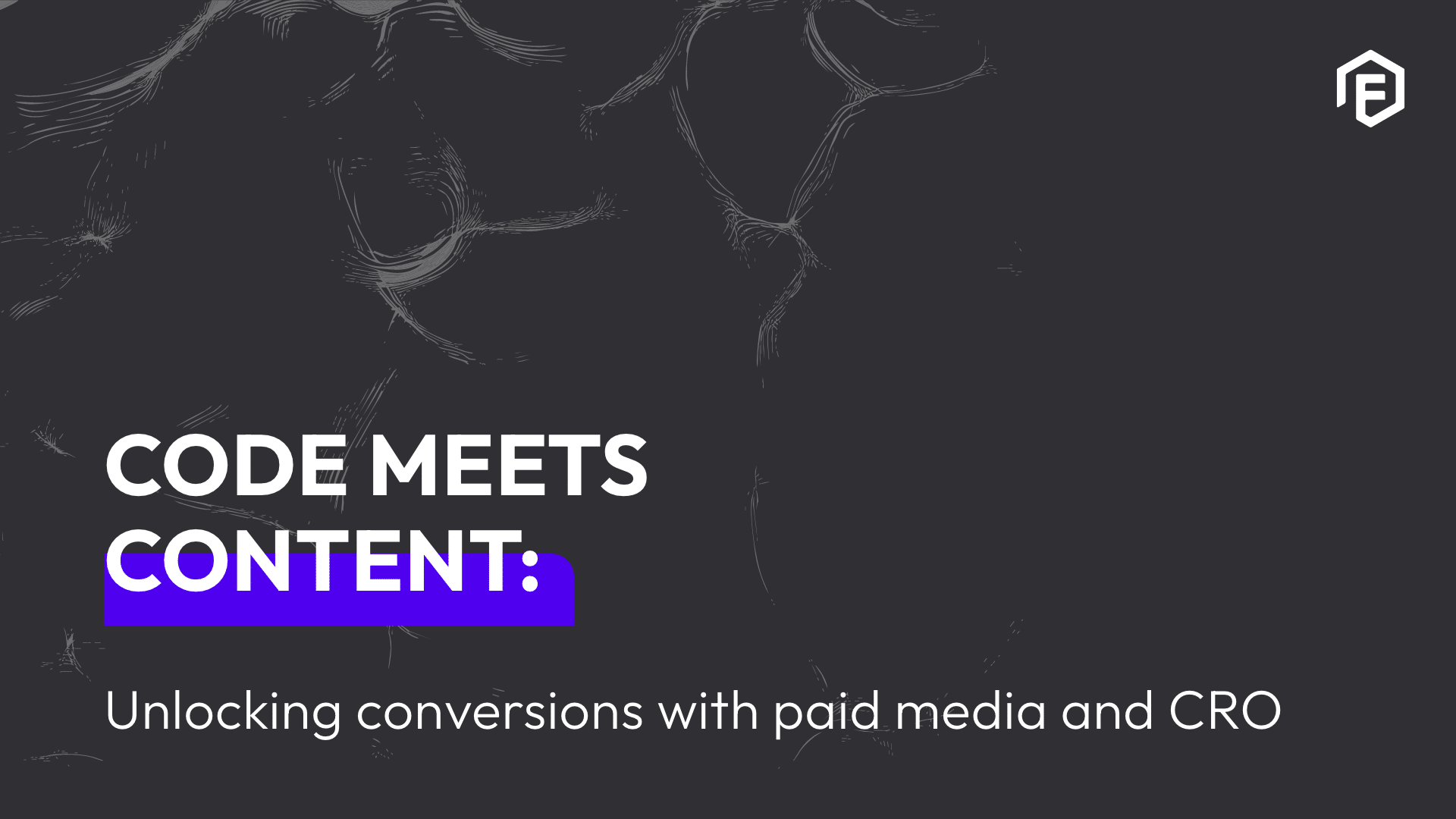Most of us remember growing up watching animated films and series as a way to keep ourselves occupied. Little did we know that our favourite animations were teaching us important life lessons, improving our cognitive and motor skills, and much more besides. From online educational games for students to explainer videos for businesses, in the digital age, animation is once again shining as an engaging and effective tool for education. This is essentially learning in disguise, combining information with the fun of animation encourages learning without any pressure, thanks to the addition of visual stimuli long ago proven to aid in understanding and retention.
Animation is practically everywhere; we regularly see it without even noticing. Here are just a handful of categories where animation plays a fundamental role in the realm of education and that are turning more and more to this format for its affordability, accessibility, and effectiveness.
Health and safety training videos:
Mining is one of many industries that make use of animated health and safety training videos. Visual demonstrations of health and safety educate staff members on the different dangers they can encounter in the workplace. It puts the information in a real-world situation, conveying potentially life-saving information in a way that is approachable and entertaining for employees.
Medical concepts and procedures:
The complex machine of the human body can be described safely and accurately in animation, aiding in understanding in a way that video can rarely reproduce when it comes to medical procedures and internal medicine. The use of animation to present diverse information to Doctors, patients and members of the general public is one of its greatest advantages. One need only look at the plethora of health and hygiene content coming out of the COVID-19 crisis to see how vital animations are in spreading vital information.
Architectural walk-throughs:
Many architects, as well as popular architectural content and TV shows like Building Alaska and Grand Designs often make use of animation to help visualise the scale of a blueprint and its various stages of development. It makes the project seem tangible even though we are viewing it through a screen. It allows anyone with or without prior knowledge of architecture to understand the grand scale of a building plan. This is an important tool an architect can use to showcase a client’s design ideas visually in a 3D space. This process allows potential flaws or misunderstandings to be corrected before construction begins.
YouTube:
Being a part of Generation Z, YouTube is by far one of my favourite methods of learning in a digital world. Channels such as Vox, School of Life, Nerdwriter, Ted-ed and Kurzgesagt are just a few of the informative, fun learning channels I’ve come across. The use of animation in these videos as a digital tool for education has increased not only my focus but also my memory of the topics discussed, from history, philosophy and psychology to music, film, politics and more.
Digital Marketing:
Digital marketers regularly make use of animation to promote companies and their brands, to communicate information and grab the attention of new and existing clients. Examples of animation in digital marketing include infographics, explainer videos, whiteboard animations and 3D animated videos. When a tech company, for example, launches a new online application, it can be very useful to include an animated explainer video, guiding users through each step of the process and informing the user of all the application’s capabilities.
Several websites make online learning not only a possibility but a complete joy, focussing on the use of animation to support education, creating an effective learning environment with more information in less time. Websites like Idea Digital Education and Mozaik provide a great platform for children of all ages and teachers of all levels to interact and learn together. Having a wide range of animated interactive games, 3D interactive learning books and explainer videos with multiple different subjects and topics at their disposal. The benefits of including animation as a tool for education include:
- Improved understanding and cognitive ability
- Improved creative thinking and problem-solving
- A fun and engaging method for learning
- Improves memory – humour and sound design can create reminders
- Complex ideas are reduced to their simplest form
- More information in less time.
- Introduces a new perspective on Arts and Animation
We all have different methods of learning and retaining information. Animation allows us to create a learning environment that caters to the needs of individuals, taking complex and expansive ideas and breaking them down to their bare bones.
As the new generation of learners, businesspeople, shoppers and others become more and more digitally inclined, brands will be forced to fight more and more aggressively for their attention online. Animation elevates content to new levels of engagement through speed and simplicity – a perfect format for a chaotic digital world.



